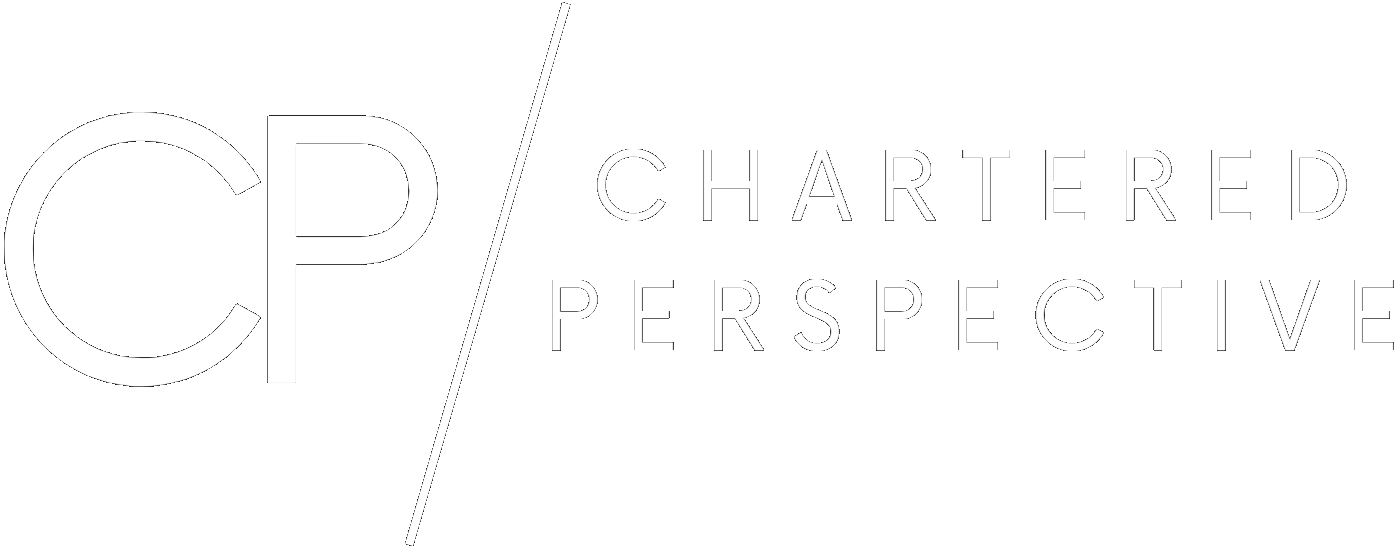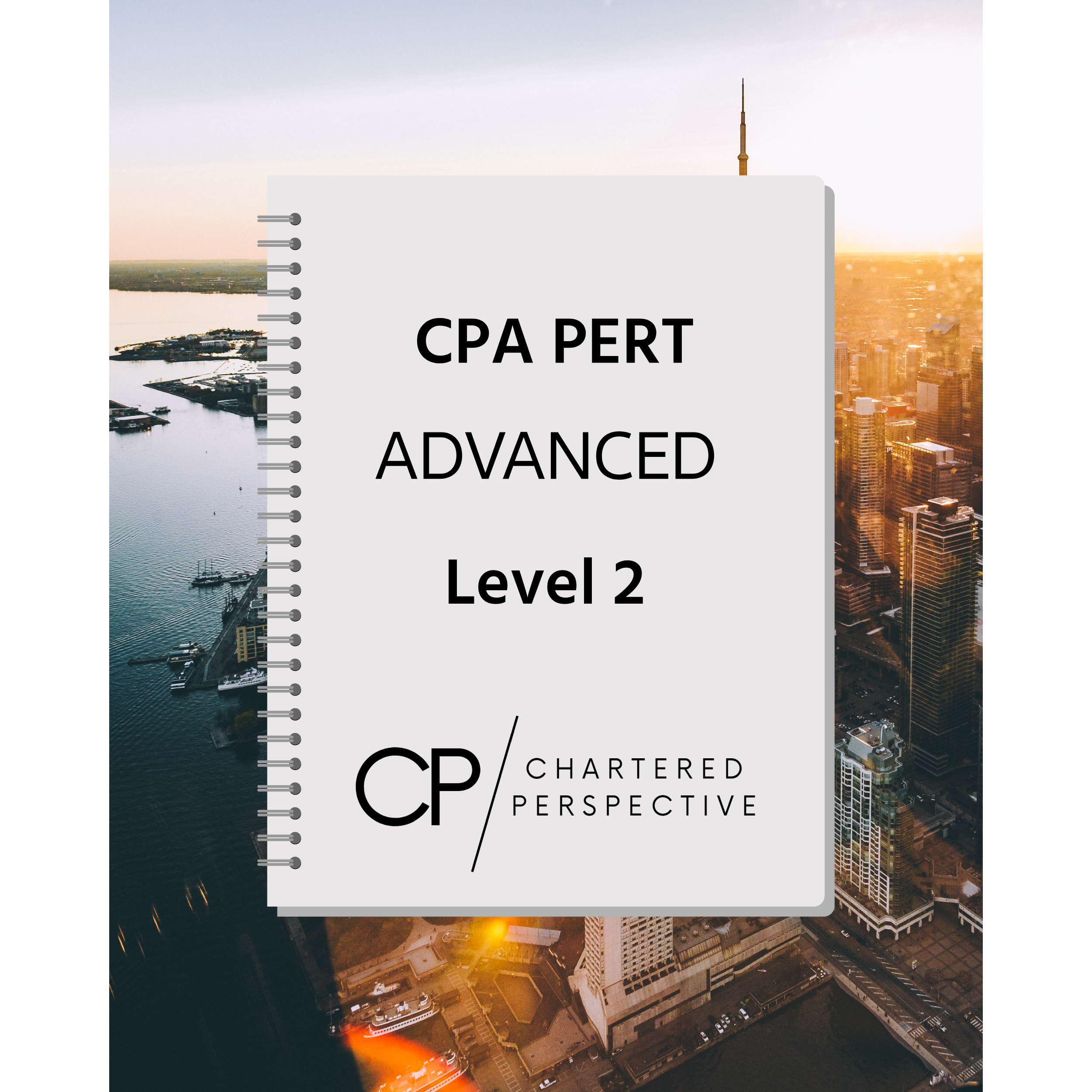4 Tips for CPA Practical Experience Reporting (CPA Canada – PER/PERT)
Using CPA Canada’s Practical Experience Reporting Tool (PERT) to submit experience reports is a long and confusing process for Canadian CPA candidates. There are minimal resources or guidance, a lot of the material is unclear or seems contradictory, and candidates in general, particularly those reporting under the Experience Verification Route (EVR), struggle with obtaining the required competencies and proficiencies in order to be awarded the Canadian CPA designation even after passing all of the modules and exams.
As someone who has recently gone through the process successfully and obtained the CPA designation, I’ve shared a handful of tips from my experience below.
1. Map Your Practical Experience Reporting (PER/PERT) Journey
Before writing your first Practical Experience Report, map out how you plan to achieve the required core, depth, and breadth, competencies. The last thing a candidate should do is spend time pursuing a proficiency or competency which isn’t needed in order to obtain the designation. If it isn’t needed, it isn’t a value-added activity, and your time would be better spent elsewhere. There are no bonus points for extra competencies, and two Level 1s do not add up to a Level 2.
A template for planning your CPA Canada competencies/PERT journey is provided for free in the Chartered Perspective store. Feel free to check it out via the provided link or Add to Cart and proceed directly to the free download.
To view the accompanying blog post, click here.
2. Show Progression Over Your CPA Journey (Levels 0-2)
A candidate’s first report or two in each competency area should be mostly self-assessed at the proficiency Level 0. CPA Canada likes to see candidates progress as time goes by and build up proficiencies over time. As candidates pass through the required 30 months of experience, those Level 0s should be upgraded to Level 1s. Level 2s are not expected to be achieved until near the end of the 30 months.
Note that it will be easier to obtain Level 2s once a candidate has a couple of years of experience under their belt or holds a more senior position in the organization. For example, a “Senior Accountant” is likely to have more success than a “Junior Analyst” at obtaining Level 2s, though ultimately it comes down to the written reporting.
If a candidate changes jobs and decides to pursue competency in different sub-areas, it will be helpful to show progression once again. On the other hand, a promotion to a more senior position will be favourable for showing progression.
While it is difficult, it is possible to jump directly from Level 0 to Level 2 proficiency in a competency sub-area.
3. Practical Experience Reports (PER) Should be Detailed and Tell a Clear Story
Candidates are given 5,000 characters to describe their experience in each competency or sub-area. Take advantage of this. It is your job to convey how your experience is in line with the experience expectations given by the CPA body. Use the allotted character limit to ensure the CPA reviewer understands why your experience is aligned with your targeted proficiency level.
Candidates are encouraged to put themselves in the shoes of the CPA Canada reviewer – which details do you need to know in order to understand the candidate’s experience? It is helpful to structure your experience reports in a way that allow the reviewer to understand :
The context of the situation
The candidate’s role in the situation (and organization)
Any issues/problems that were faced by the candidate (or organization)
The implications of these issues/problems
How the candidate addressed the issues/problems, and
The impact or results of the candidate’s work.
Remember that a Level 2 proficiency is only awarded to candidates who are displaying a level of competency that would be expected from a newly designated CPA. It is the candidate’s responsibility to ensure that they are proving they are at that level to the CPA reviewer.
For a comprehensive guide including several example answers ranging from Level 0, through Level 1 and Level 2, candidates are encouraged to check out the PERT guides offered in the Chartered Perspective store as linked below:
4. Take Your Time with Practical Experience Reporting (PER)
Finally, take your time with the experience reports as there are not many opportunities to fix your mistakes. Candidates only report every 6 months, therefore, having a report CPA-assessed below a targeted proficiency level is quite costly in terms of obtaining the CPA designation as quickly as possible because it can add an extra required reporting cycle to your requirement.
The last thing a candidate wants is to have successfully completed all of the modules, capstones, and CFE, only to have to wait months or years to obtain the CPA designation due to missing practical experience requirements. The blog post The Importance of a Strong PERT Report expands on this.







